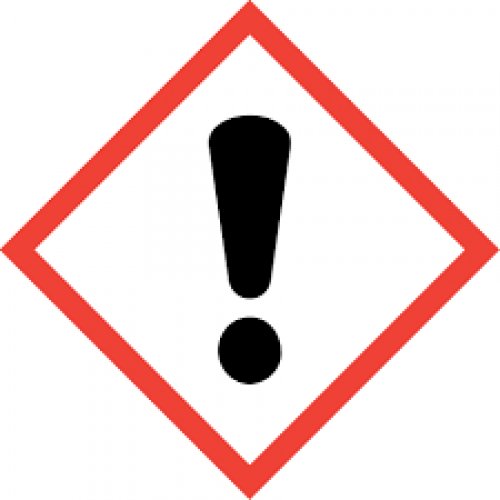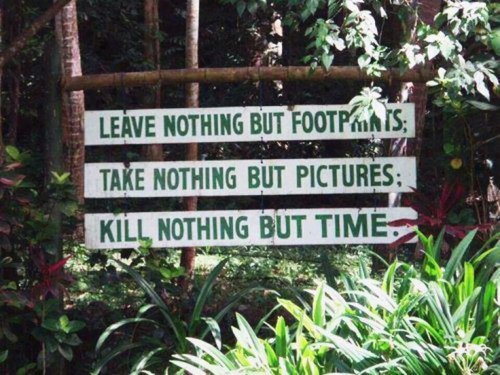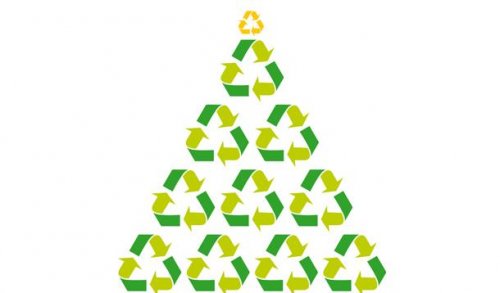News
Thursday 27th April 2017Coming Clean

Life is busy, confusing and challenging at times. We often have enough things to do, to have time to read every label of every product we buy. Which is why many of us happily support the eco brands out there that have done the work for us… or so we think! As a family-run business we only wanted to stock products that we ourselves would use on our own family, so we believed the labels when we got told they were ‘eco’, ‘green’ and ‘natural’. So you can imagine our disappointment when we were contact by a concerned customer (Dr. Rowena Nicholson) that wanted to inform us of what exactly our cleaning product range consisted of and how the labels on them are so misleading. Since our conversation with Dr. Nicholson we have decided to support (and sell) Greenscents cleaning products. The company is a small family run business based in Somerset and they use Exmoor water direct from source alongside essential oils and all of their products are organic and vegan friendly. We are not chemists or scientists and will therefore save you the frustration of trying to explain it ourselves. Below is the report written by Dr. Rowena Nicholson on how she investigated the ‘Greenwashing’ on cleaning products and why after her research she chooses Greenscents products:
Avoiding Greenwashing and How To Know What You Are Buying
Dr Rowena Nicholson
We’re all becoming more discerning consumers, looking for the best for our health. Many of us attempt to scan the ingredients of products we buy and have our own key list of things we choose to avoid (E.g. SLS/SLES, artificial fragrances, parabans, dioxanes, aluminium, etc). I personally want definitely safe, not possibly or probably, and operate on the Precautionary Principle. ‘Safe’ levels of chemicals are set by the EU, but what we don’t know is the total dose individuals may be exposed to across multiple products, or the effect of chemical interactions between different products.
There is good scientific reason to be more concerned about what is going on your skin than what you eat. Chemicals we ingest are exposed to our liver’s complex detoxification processes. However, when we apply anything to our skin, it bypasses ‘first pass metabolism’, i.e. the liver. Medicine exploits this with increasing numbers of drugs being delivered through the skin, as vastly smaller doses can be used to achieve the same blood levels. The EWG (Environmental Working Group) did a study that showed that the average person applied 9 personal care products a day with over 126 different chemical ingredients. This did not include cleaning or laundry products, air fresheners etc. The total number of chemicals we are exposed to on a daily basis is mind-boggling.
Manufacturers across the food, personal care and cleaning industries are able to exploit their customers’ keenness to avoid potential suspect chemicals and highly processed ingredients through greenwashing, or ‘clean label’ ingredients. Just because something started with a natural product, say a coconut, does not mean that it has not been through multiple chemical processes or contaminated with the very things that we are trying to avoid. EU product labeling laws can make it difficult to know exactly which chemicals you’re buying. If you want to know what the actual chemicals are, you need the INCI names. Some companies have these freely available, some will give them on request, and others will avoid answering. Labels like Natural, Eco-Friendly, Green etc. are also pretty meaningless.
To illustrate this, I recently reviewed eco friendly laundry liquids and washing up liquids, to ensure that I was using the best available. I make most of my own products, but after years of experimentation, have found that you really do need detergents rather than soap for these. A detergent is artificial, there’s no getting around this, but some are definitely better than others. Anything containing water is going to need some form of preservative, but again some are better than others. Then there’s the issue of perfumes, since I only want essential oils; the word fragrance can cover a whole multitude of undisclosed chemicals.
What I found really surprised me, despite an interest in Environmental Medicine and years of label reading. Many lovely fluffy eco friendly ethical principled companies who I previously trusted are using ingredients like SLES (sodium laureth sulfate) under the term ‘surfactant’ in the ingredients. These may be listed as ionic or anionic surfactants, or they may use terms in their descriptions like coconut or sugar derived surfactants, or surfactants from nature. But SLES is still SLES. It is produced by ethoxylating SLS (sodium lauryl sulfate), and creates 1,4-dioxane in the process. Studies have shown that traces of ethylene oxide and 1,4-dioxanes can remain in the final product. These are both known carcinogens, but the official view is that they are safe in certain quantities. The choice is yours.
I looked at about a dozen eco brands available in the UK; I excluded Ecover (who also own Method) since they use SynBio, otherwise known as GM, to produce their surfactants. They do this to avoid using palm oil, but again, you have to make up your own mind on this.
To cut a long and frustrating story short, my own quest for the least toxic laundry and washing up liquids led me to Greenscents. They are a small family run UK business who are very open about their ingredients, and my personal opinion is that they are using the current safest/best available options as far as detergents and preservatives are concerned, with only essential oils as scents and no worrying or unnecessary ingredients. It’s also more highly concentrated than most of the eco brands out there, so it’s more cost effective than it first appears. They were very patient and helpful with my long list of questions. A month after my review, I was very pleased to see that Ethical Consumer gave Greenscents it’s top score, as they look at wider environmental and ethical issues whereas my focus is on health/toxicity. Attitude also came out well in my review, but since it is Canadian I prefer to use Greenscents.
Tips for becoming a savvier label reader:
• Find out the INCI ingredient names if possible
• Check the ingredients against several databases.
I like to use http://chemicaloftheday.squarespace.com (provides references) and for a more conservative view www.ewg.org
• Chemical of the Day can email you a report ‘5 harmful ingredients hidden in natural products’
• Develop your own avoid list according to your priorities (whether that’s carcinogens, allergens, endocrine disruptors, environmental harm) and take it shopping with you or check out ingredients online before you go
• If your favourite products fall short, let the companies know
• Learn to make some of your own products - it’s easy, you control the ingredients, cost effective and reduces packaging
• Consider simplifying to reduce the number of separate products you use on your skin
• Some reading to get you started:
Cosmetics Unmasked by Dr Stephen and Gina Antczak
Slow Death by Rubber Duck by Rick Smith and Bruce Lourie
Skin Deep by Pat Thomas
I have no connection to any of the companies named in this article and am not deriving any financial or other benefits. This article does not constitute medical advice, and is an account of my personal journey to choose an eco-friendly laundry liquid and washing up liquid.



